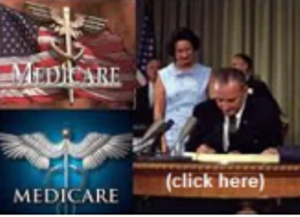Costs in the Mediare Coverage Gap (medicare.gov)
Most Medicare drug plans have a coverage gap (also called the "donut hole"). This means there's a temporary limit on
what the drug plan will cover for drugs.
Not everyone will enter the coverage gap. The coverage gap begins after you and your drug plan have spent a certain
amount for covered drugs. Once you and your plan have spent $4,020 on covered drugs in 2020, you're in the coverage
gap. This amount may change each year. Also, people with Medicare who get Extra Help paying Part D costs won’t enter
the coverage gap.
Brand-name prescription drugs
Once you reach the coverage gap, you'll pay no more than 25% of the cost for your plan's covered brand-name
prescription drugs. You'll pay this discounted rate if you buy your prescriptions at a pharmacy or order them through the
mail. Some plans may offer you even lower costs in the coverage gap. The discount will come off of the price that your
plan has set with the pharmacy for that specific drug.
Although you'll pay no more than 25% of the price for the brand-name drug, almost the full price of the drug will count
as out-of-pocket costs to help you get out of the coverage gap. What you pay and what the manufacturer pays (95% of
the cost of the drug) will count toward your out-out-pocket spending. Here's a breakdown:
Of the total cost of the drug, the manufacturer pays 70% to discount the price for you. Then your plan pays 5% of the
cost. Together, the manufacturer and plan cover 75% of the cost. You pay 25% of the cost of the drug. There’s also a
dispensing fee. Your plan pays 75% of the fee, and you pay 25% of the fee. What the drug plan pays toward the drug
cost (5% of the cost) and dispensing fee (75% of the fee) aren't counted toward your out-of-pocket spending.




